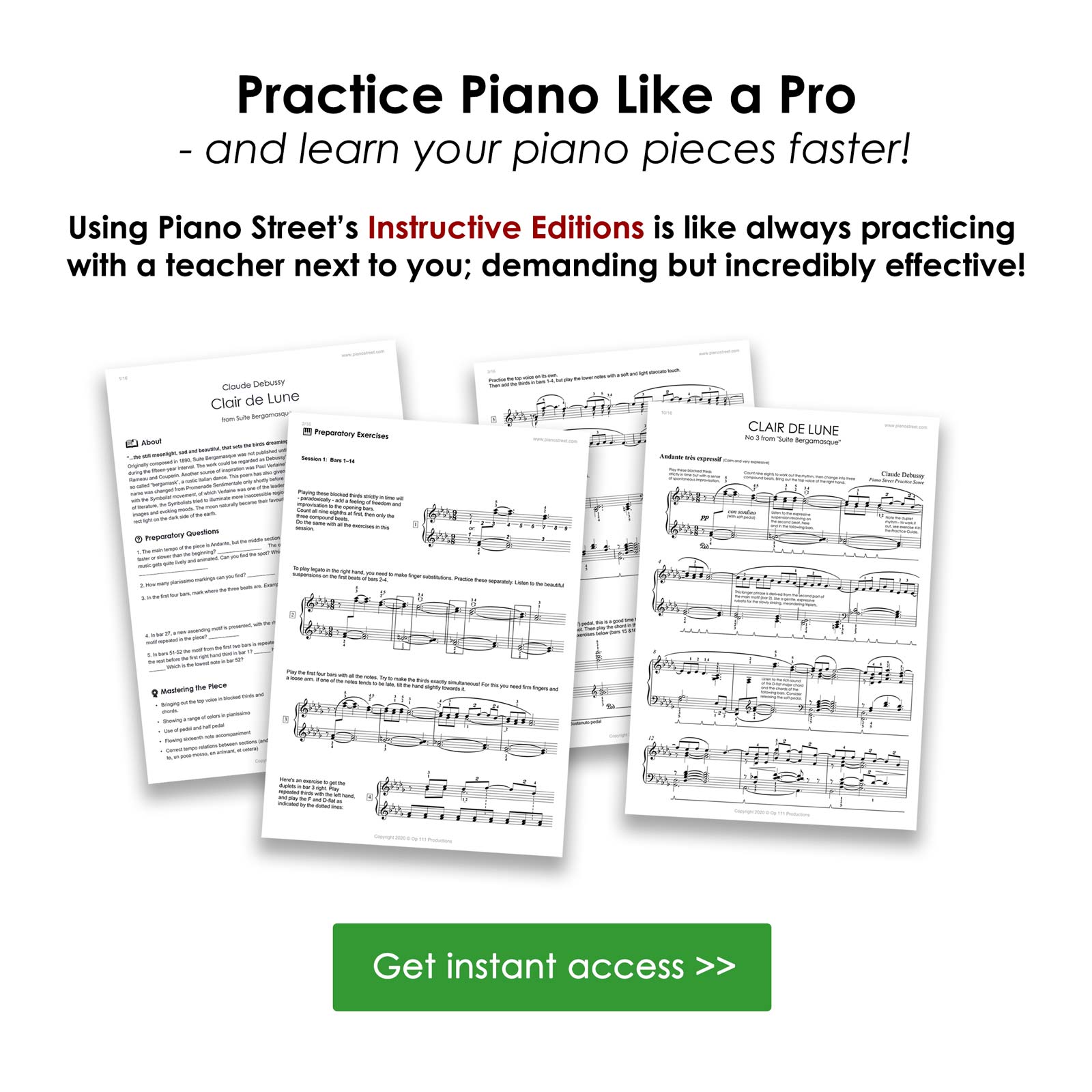Piano Forum
Piano Street Magazine:
Watch the Chopin Competition 2025 with us!
Great news for everyone who loves Chopinís music: Piano Streetís unique Chopin Competition tool is now complete. With all 1,870 recorded performances from the Preliminary Round to the Final, you can conveniently sort, explore, and watch both videos and piano scores at your fingertips. Read more
Pages: [1] Go Down
Pages: [1] Go Up
For more information about this topic, click search below!
 Topic: Practicing Inverted Chords
Topic: Practicing Inverted Chords 